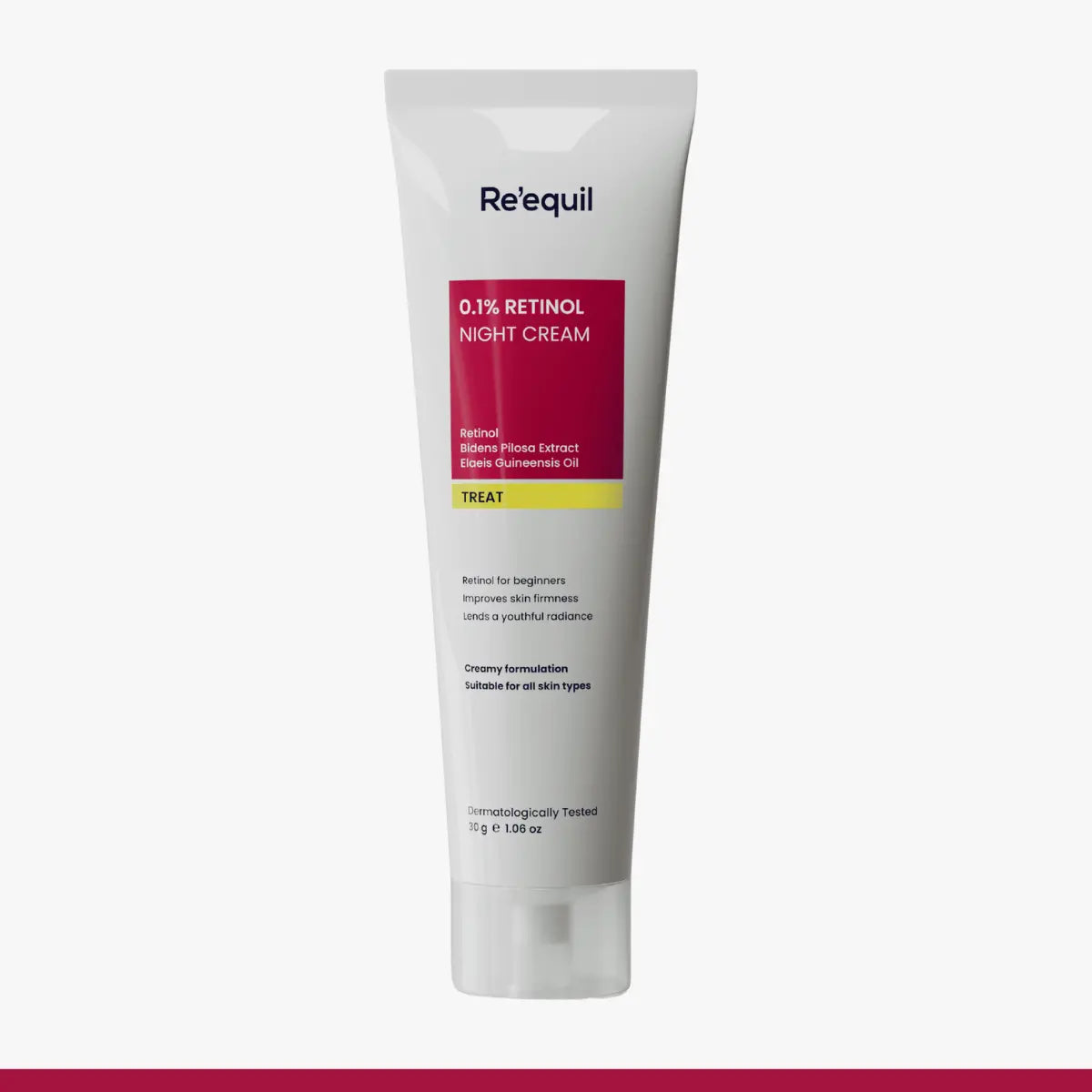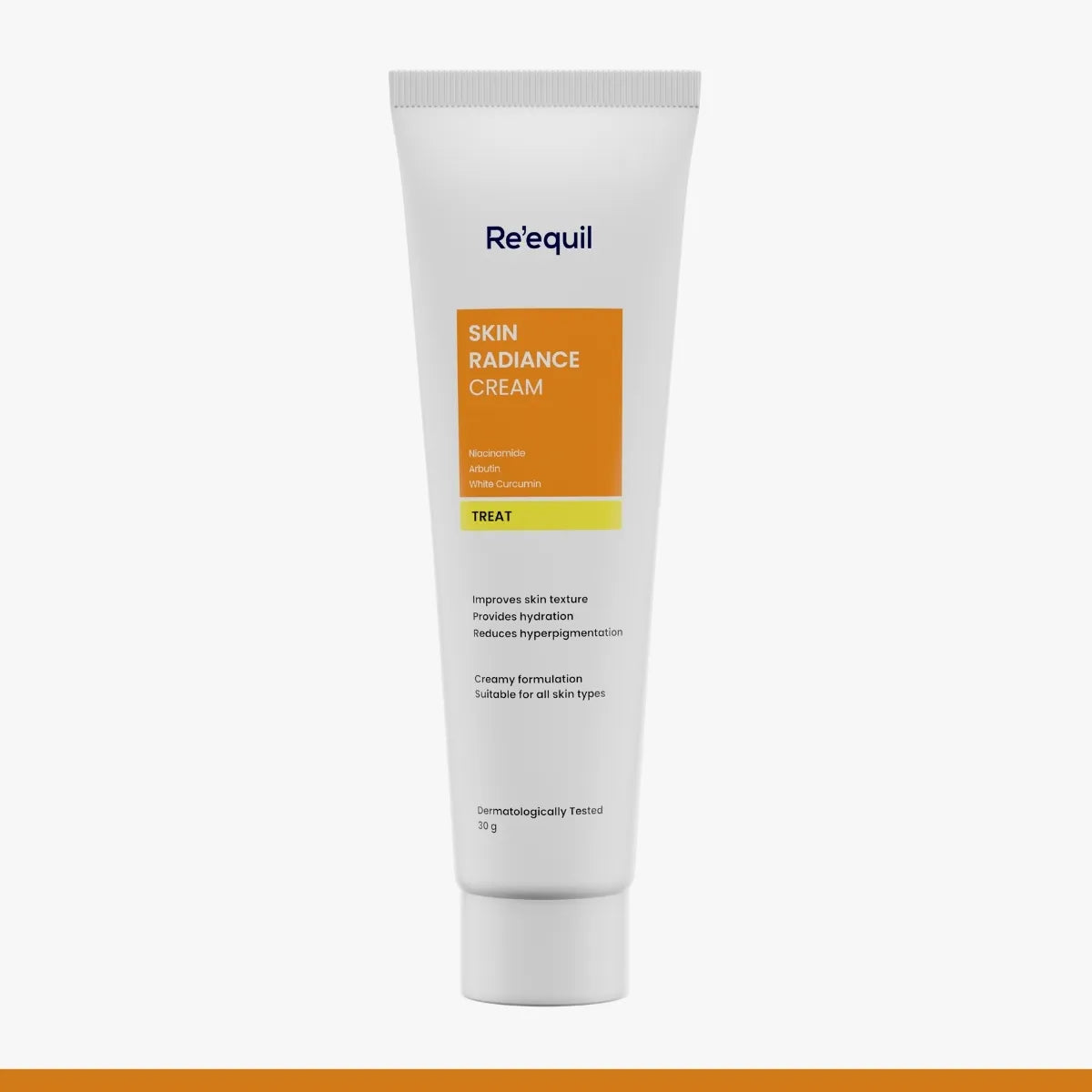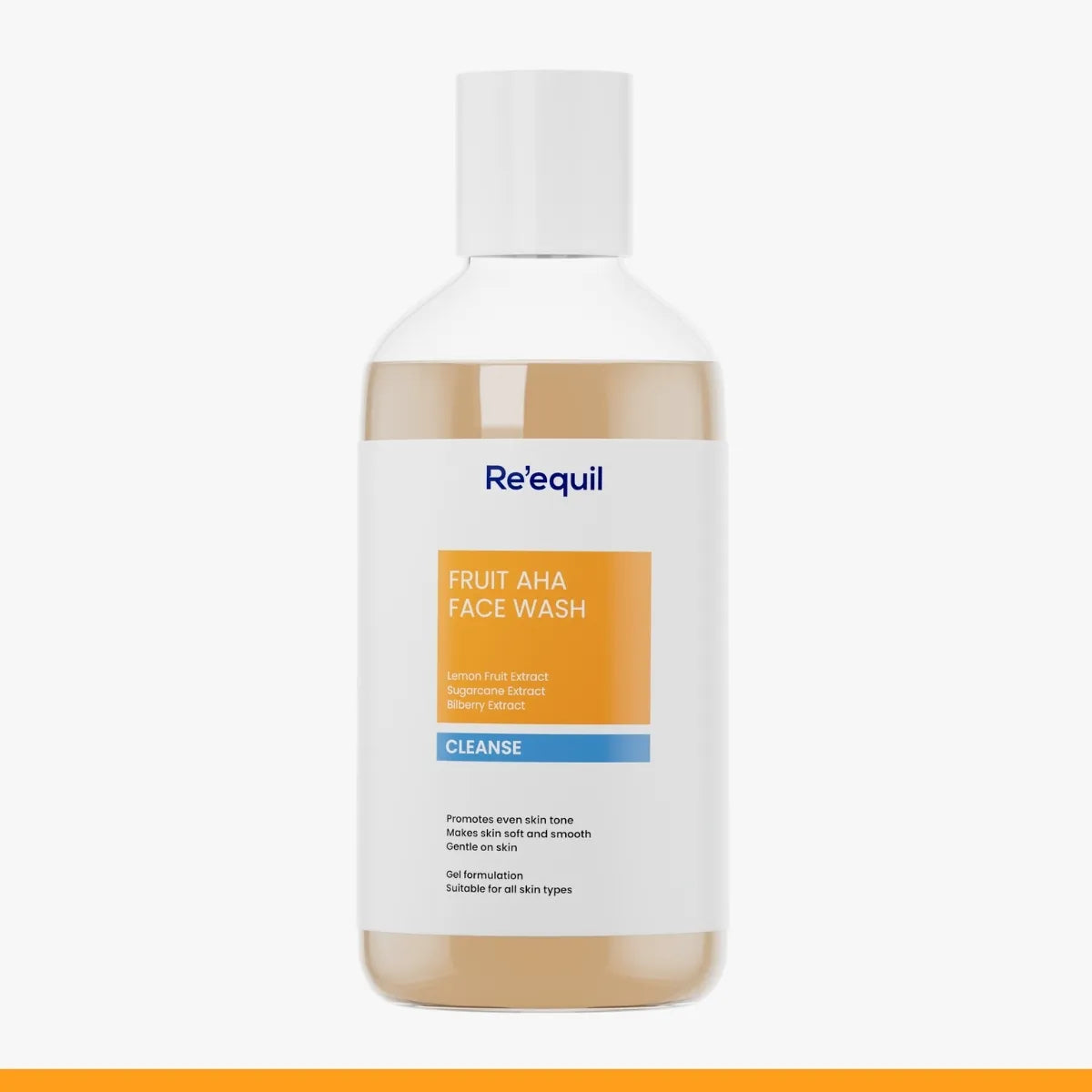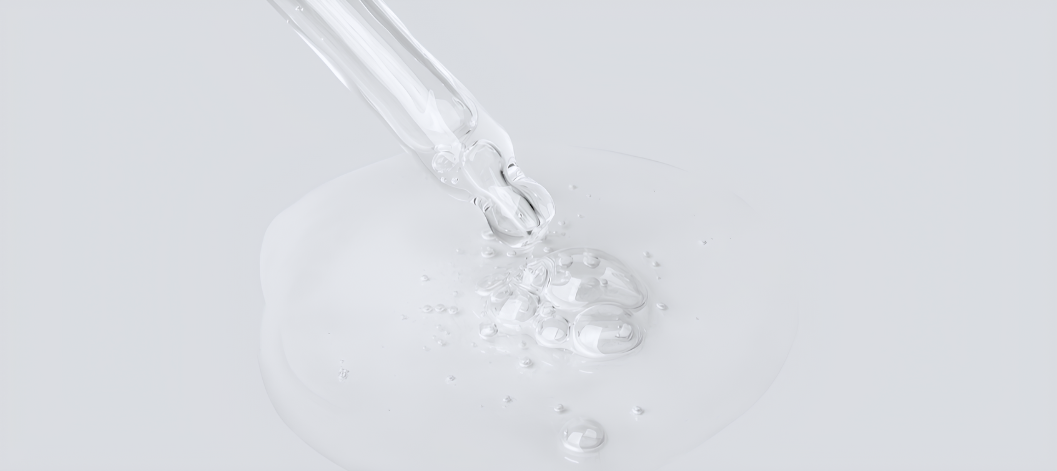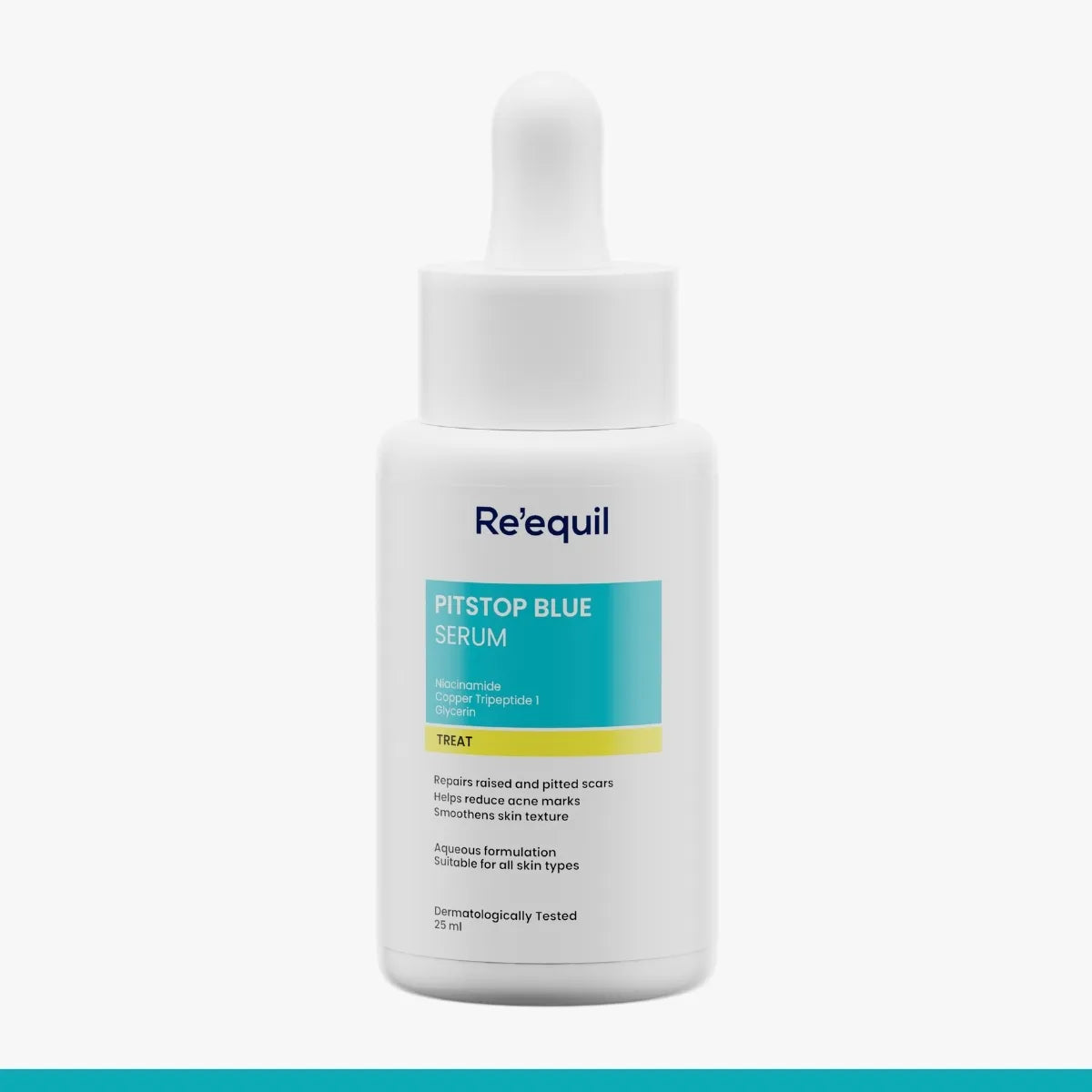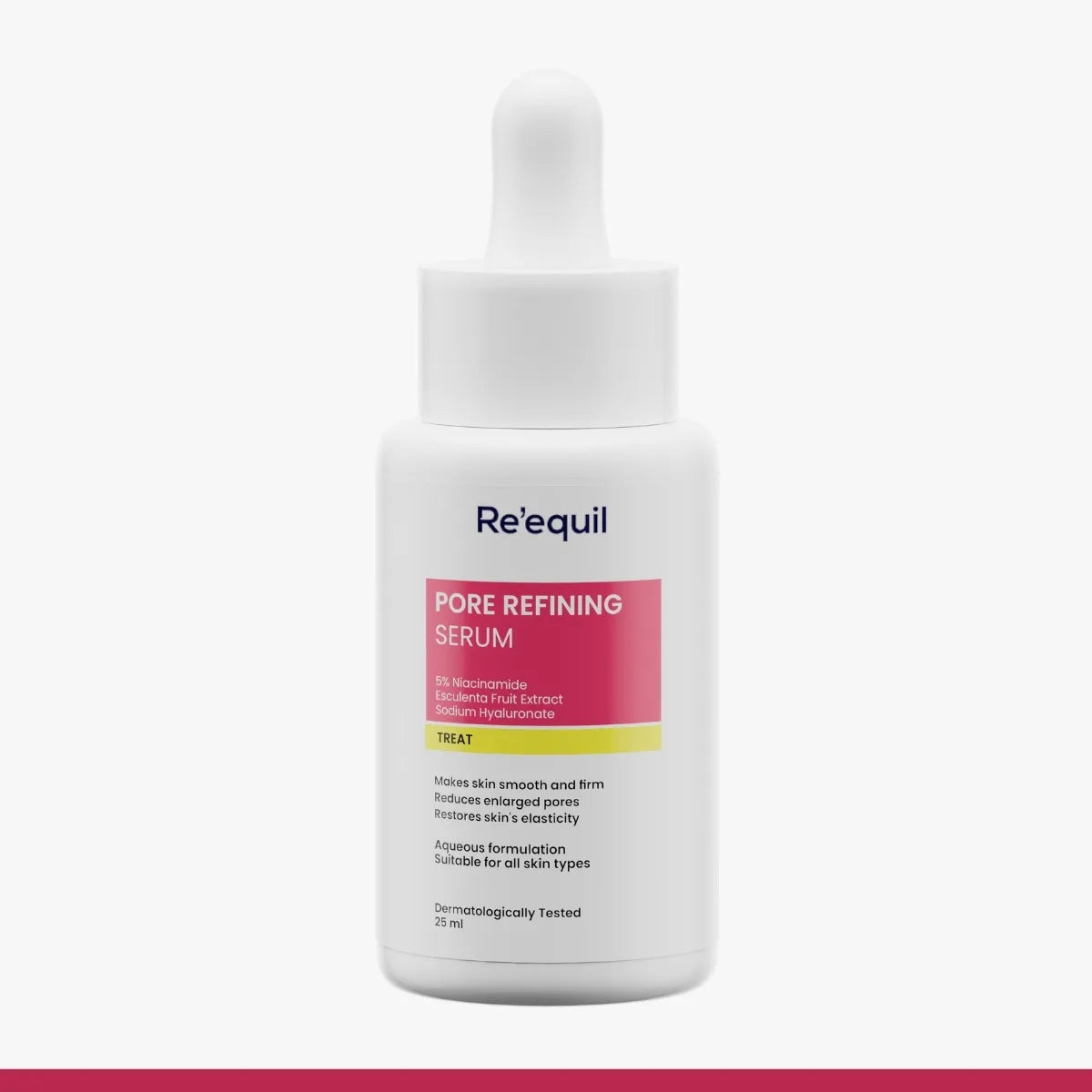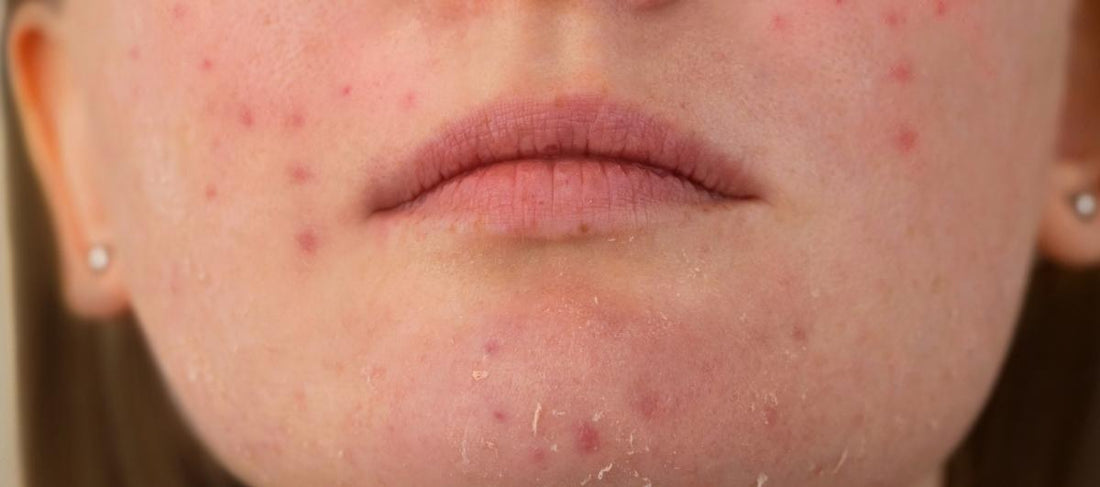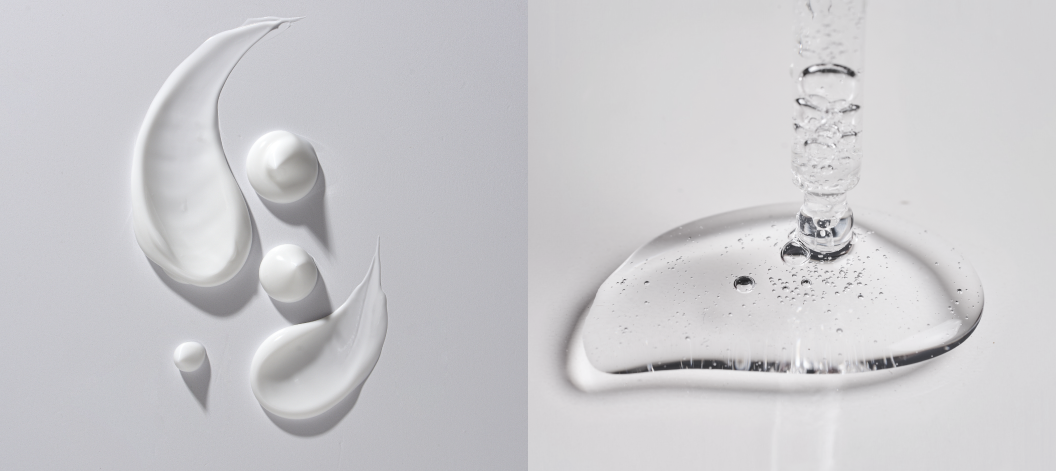What exactly is Hyaluronic Acid?
Hyaluronic Acid (HA), also known as hyaluronan, is a glycosaminoglycan that is allocated throughout our body—in our connective, epithelial and neural tissues.
On average, there are 15 g of hyaluronan in an individual weighing 70 kg, says a study.
The primary function of hyaluronan is to lubricate our joints and retain the essential moisture in our stratum corneum (the outer layer of the skin).
HA is a multifaceted component in our skin—it plays a crucial role in wound healing and relieving joint pain.
But, as we age, the amount of Hyaluronic Acid gradually decreases in our body—to the point that a 75-year-old person only has a quarter of the amount of HA in their skin, as compared to a 19-year-old person.
Moreover, HA is used in a wide range of cosmetic formulations (creams, serums, gels, and lotions). Because of its strong water-holding ability, HA is an essential ingredient in hydration-based skincare formulations, retaining the skin’s essential moisture and elasticity.
Studies even suggest that HA can cure skin problems such as fine lines, wrinkles, and dehydrated skin.
When did Hyaluronic Acid emerge into cosmetic formulations?
A study in 1934 found that HA is present in all vertebrate animals and humans. In the 1950s, scientists solved the chemical formula of HA and isolated it as an acid.
It was then found that HA has an outstanding ability to hold water in the skin.
FACT: HA was first used at a commercial level in the year 1942.
In recent years, HA has been made into various cosmetic formulations—and is a non-replaceable ingredient. No other skincare ingredient has the same capacity to hold water in the skin as the HA does.
Since it is non-toxic and non-allergic, HA is considered suitable for all skin types. It makes the skin soft, radiant and smoother.
What are the different types of Hyaluronic Acid?
There are mainly 4 types of Hyaluronic Acid available in cosmetic formulations:
1. Hyaluronic Acid in its raw form
This variant of HA has a higher molecular weight (> 1,800 kilodaltons). Thus, it stays on the outer layer of the skin and prevents the evaporation of the skin’s essential moisture.
2. Hyaluronic Acid in its hydrolyzed form
This variant of HA goes through a hydrolysis method, where it’s split into smaller fragments. It has a molecular weight of 1000 to 1800kDa.
3. Hyaluronic Acid in its alkaline form, also known as sodium hyaluronate
As compared to the pure form of hyaluronic Acid and hydrolyzed HA, this variant of HA has a low molecular weight (> 100–1000kDa). Sodium hyaluronate penetrates deeper layers of the skin and stimulates the production of naturally occurring HA in our skin.
4. Hyaluronic Acid in its cross-linked form, also known as sodium hyaluronate crosspolymer
This variant is relatively new. In this component, low molecular weights of HA are cross-linked to form a larger molecule.
How does Hyaluronic Acid work on the skin?
Hyaluronic Acid is one of the most powerful humectants. 1 gram of Hyaluronic Acid can bind up to 1,000 grams of water.
HA belongs to polymers, a chain of natural or synthetic substances composed of large molecules. The chain has the capacity to attract other chemical compounds including water.
Since HA has plenty of space for other molecules, it helps carry different molecules throughout the body.
Moreover, how HA works on the skin depends on your environment. In a low humidity environment, where it’s less than 50% humidity, HA can take moisture from the deeper layers of your skin.
However, if where you live, the humidity level is more than 50%, HA takes moisture from the air and draws it into your skin.
What are the benefits of Hyaluronic Acid on the skin?
Various studies are available that prove the efficacy of Hyaluronic Acid on the skin, here are some -
Hyaluronic Acid is a key molecule in ageing
A 2012 study says that Hyaluronic Acid exhibits unique qualities in intrinsic ageing. But, there are more studies required to determine the efficacy of HA in ageing.
Moreover, a 2014 study conducted to evaluate the efficacy of topical HA says the low molecular weight variant is quite effective in treating fine lines and wrinkles.
The study was conducted on 33 middle-aged women. The study went on for approximately eight weeks. The products given to them were in the form of lotion and cream.
At the end of the eighth week, the individuals reported a 40% improvement in wrinkles and a 96% improvement in skin hydration.
Increases skin hydration
Being one of the most powerful humectants, no one questions Hyaluronic Acid’s ability to retain water in the skin. Not just retain, HA is well known for increasing skin hydration.
A 2021 study says HA has the ability to increase skin hydration immediately after the application. It also makes the skin smooth and plump.
All the individuals involved in the study did not report any skin irritation after applying the topical application of HA.
Can help with acne
Although there are not many studies on the efficacy of HA for acne, a 2017 study says HA plays an important role in sebum production.
The study was conducted on 20 individuals with oily skin type. In all the individuals, Hyaluronic Acid showed a notable decrease in sebum production.
Excess sebum production is one of the major causes of acne. HA can regulate the sebum production, preventing the formation of acne over time.
READ - Top 7 Benefits Of Hyaluronic Acid
Are there any side effects of topical hyaluronic Acid?
Hyaluronic Acid, for the most part, appears safe for all skin types and does not cause any adverse effects. All the studies conducted to test the efficacy of HA do not report any side effects.
However, it is always recommended to do a patch test before applying any active ingredient to your skin.
Does Hyaluronic Acid lighten skin?
Hyaluronic Acid does not have skin-whitening properties, but it can reduce the appearance of dark spots.
Skin whitening ingredients like vitamin C, niacinamide and vitamin E reduce melanin production, improving the skin lesions of individuals with melasma. They can even prevent post-inflammatory hyperpigmentation.
Hyaluronic Acid, on the other hand, works differently.
When the skin barrier function is damaged (like can be due to sun damage), the skin’s moisturising capabilities decrease, leading to skin pigmentation.
A 2021 study says that Hyaluronic Acid, being a powerful biologic humectant, can effectively restore the skin’s barrier function and increase the skin’s hydration level, reducing the appearance of dark spots and hyperpigmentation.
Who should use Hyaluronic Acid?
Anyone can use Hyaluronic Acid. All skin types including those with sensitive or acne-prone skin, can incorporate HA into their skincare routine.
Unlike a few potent skincare ingredients, the use of HA during pregnancy is considered safe.
How to add Hyaluronic Acid to your skincare routine?
Hyaluronic Acid and its derivatives are used in several skincare products, mainly in serums and moisturisers.
Let’s briefly go over each of them so you can figure out which form is most suitable for your skin type and concerns.
-
In the form of serum
Face serums are generally known for delivering an active ingredient to the deeper layer of skin in the most effective way.
A study conducted to test the efficacy of a facial serum containing Hyaluronic Acid says it has excellent tolerability and significantly increases skin hydration.
The study also says HA serum can help with skin concerns like dryness, wrinkles, and fine lines.
-
In the form of moisturiser
A 2011 study by the Journal of Drugs in Dermatology states that HA-based moisturisers can significantly improve skin hydration and overall elasticity.
The study was conducted on 76 females, aged between 30 to 60. All were given an HA-based cream (a low molecular HA) and were instructed to apply it daily - twice for 30 days.
At the end of the month, the majority of individuals reported increased moisture levels in the skin and improvement in wrinkles.
Can Hyaluronic Acid be used daily?
Yes, you can safely use Hyaluronic Acid every day. You can use it in your morning and nighttime skincare routine (twice per day).
In the morning, it could help moisturise and prepare your skin for the day. During the night, it can help in skin renewal and healing.
Which skincare ingredients you should pair with Hyaluronic Acid?
Hyaluronic Acid pairs well with almost all the other skincare ingredients including -
- Vitamin C
- Niacinamide
- Retinol
- AHA/BHA
- Vitamin E
- Peptides
References -
- Hyaluronic acid. (2024, May 14). In Wikipedia. https://en.wikipedia.org/wiki/Hyaluronic_acid
- Stern R. Hyaluronan catabolism: a new metabolic pathway. Eur J Cell Biol. 2004 Aug;83(7):317-25. doi: 10.1078/0171-9335-00392. PMID: 15503855.
- Yasin, A., Ren, Y., Li, J., Sheng, Y., Cao, C., & Zhang, K. (2022). Advances in Hyaluronic Acid for Biomedical Applications. Frontiers in Bioengineering and Biotechnology, 10. https://doi.org/10.3389/fbioe.2022.910290
- Papakonstantinou, E., Roth, M., & Karakiulakis, G. (2012). Hyaluronic acid: A key molecule in skin aging. Dermato-Endocrinology, 4(3), 253-258. https://doi.org/10.4161/derm.21923
- Jegasothy, S. M., Zabolotniaia, V., & Bielfeldt, S. (2014). Efficacy of a New Topical Nano-hyaluronic Acid in Humans. The Journal of Clinical and Aesthetic Dermatology, 7(3), 27-29. https://www.ncbi.nlm.nih.gov/pmc/articles/PMC3970829/
- Jung YR, Hwang C, Ha JM, Choi DK, Sohn KC, Lee Y, Seo YJ, Lee YH, Kim CD, Lee JH, Im M. Hyaluronic Acid Decreases Lipid Synthesis in Sebaceous Glands. J Invest Dermatol. 2017 Jun;137(6):1215-1222. doi: 10.1016/j.jid.2017.01.017. Epub 2017 Feb 3. PMID: 28163068.
- Wang, Y., Zhao, J., Jiang, L., & Mu, Y. (2021). The Application of Skin Care Product in Melasma Treatment. Clinical, Cosmetic and Investigational Dermatology, 14, 1165-1171. https://doi.org/10.2147/CCID.S323748
- Putra, I. B., Jusuf, N. K., & Dewi, N. K. (2022). Skin Changes and Safety Profile of Topical Products During Pregnancy. The Journal of Clinical and Aesthetic Dermatology, 15(2), 49-57. https://www.ncbi.nlm.nih.gov/pmc/articles/PMC8884185/
